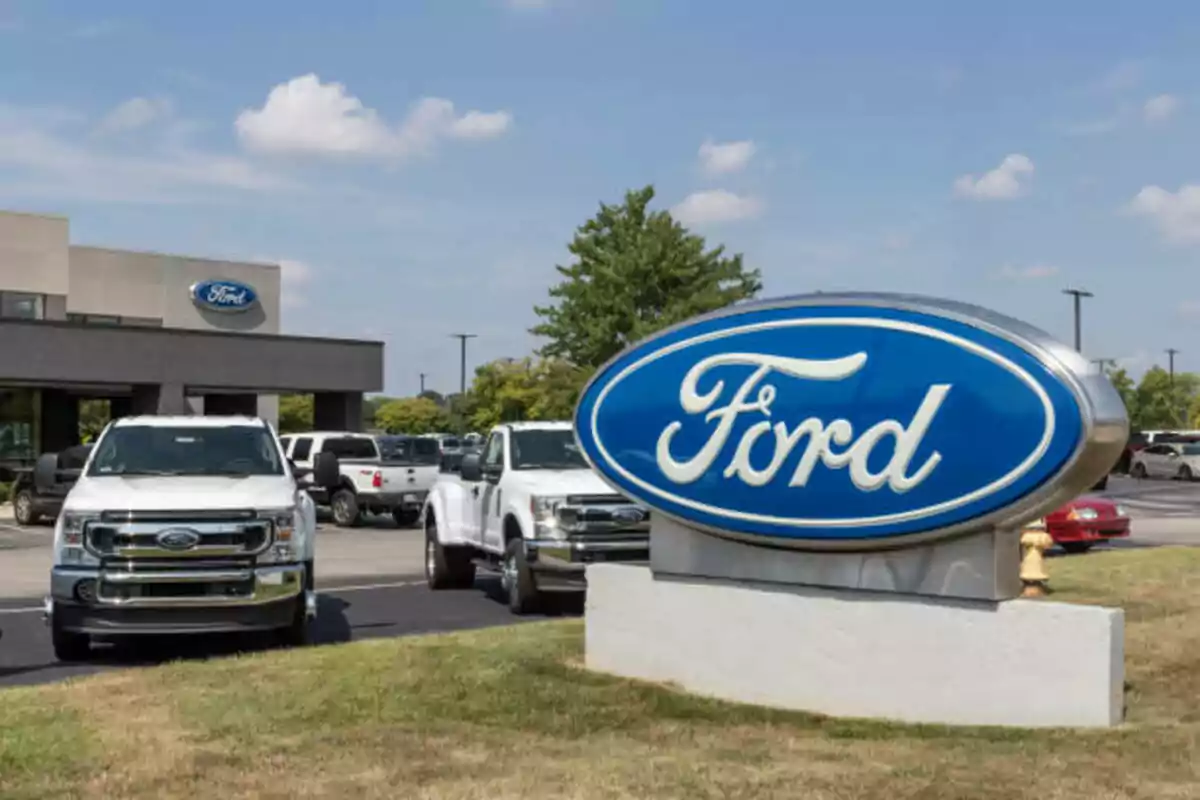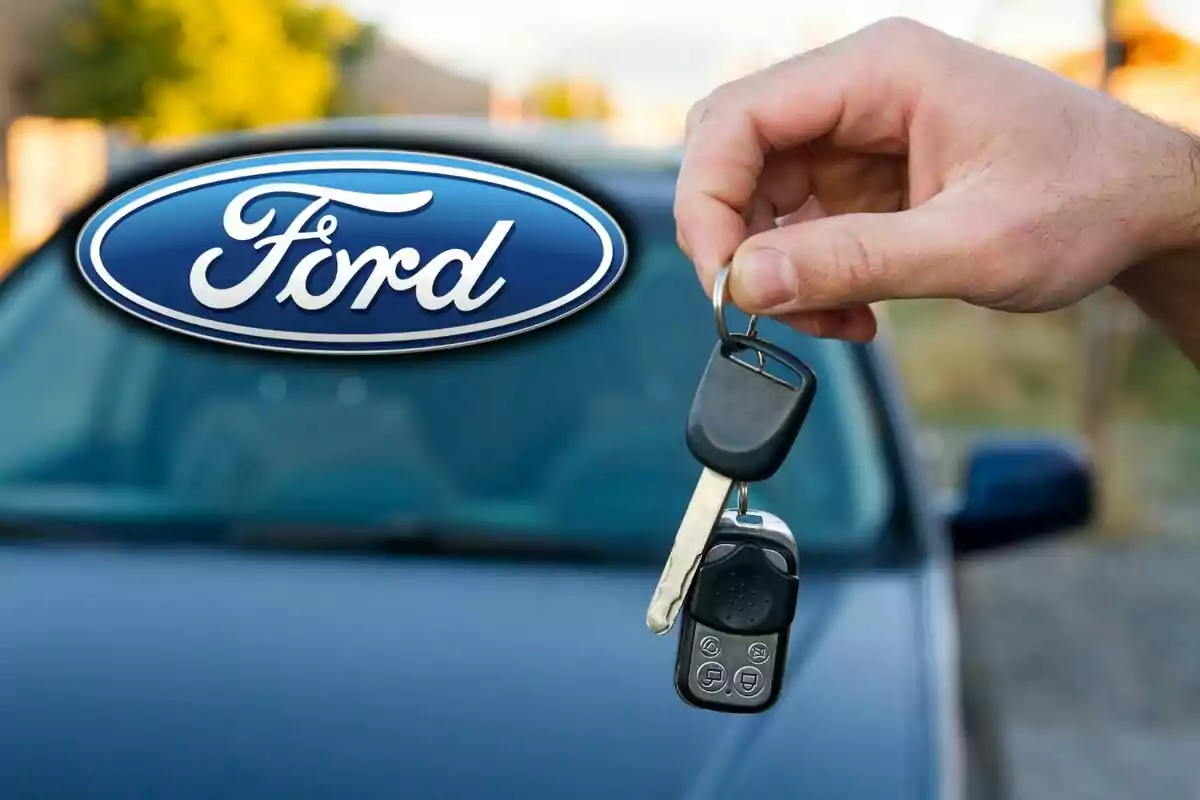For decades, Ford was synonymous with the North American automotive industry. Its models were exported all over the world and its brand became a global emblem.
But something has changed. The pressure now comes from far away, faster than the brand had expected.

The threat comes from the east
Jim Farley, Ford's CEO, traveled to China in 2024. He wanted to closely observe the manufacturers that are gaining ground the fastest: BYD, Xiaomi, and Changan. What he found deeply surprised him; according to his own words, what worries him most isn't the price or the quality of Chinese cars.
It's the speed at which they innovate. Farley pointed out that these companies have achieved highly efficient production, highlighted the use of LFP batteries, which have lower cost and good reliability. He also noted their capacity for vertical integration, which gives them more control without relying on external suppliers.
Rethinking Ford's future
Faced with this scenario, Ford has decided to react. The American company won't stand idly by while its market share is at risk. That's why it has announced an internal restructuring: it will focus on creating smaller, more affordable, and faster-to-manufacture electric vehicles.

The person in charge of the change will be Alan Clark, a former Tesla engineer. His mission: to lead a new platform that reduces costs and production time. Farley himself admits it: "We need smaller plants, less labor, and to reduce complexity," all to get closer to Chinese efficiency.
China sets the global pace
Ford even disassembled a BYD electric model to better understand how they manufacture it. This industrial autopsy revealed why Chinese manufacturers are moving so fast. Unlike others, they make their own batteries, which allows them to lower prices and depend less on third parties.
In contrast, Ford still needs to adapt its factories. The brand is aware that the challenge isn't just to create a competitive car. The real challenge is to produce it on a large scale with the new technologies.
Will Ford catch up?
Founded by Henry Ford in 1913, the company has overcome many challenges, but this could be one of the most complex. In 2024, they returned to the electric path with the fully electric Ford Explorer. It was a step forward, but not enough to match the Chinese pace.
Now, with a new strategy and renewed technical leadership, Ford is trying to close the gap. Whether it will succeed remains to be seen, but one thing is clear: the battle for the electric car is no longer fought only in the United States or Europe. The new playing field is in Asia, and it's moving at full speed.

